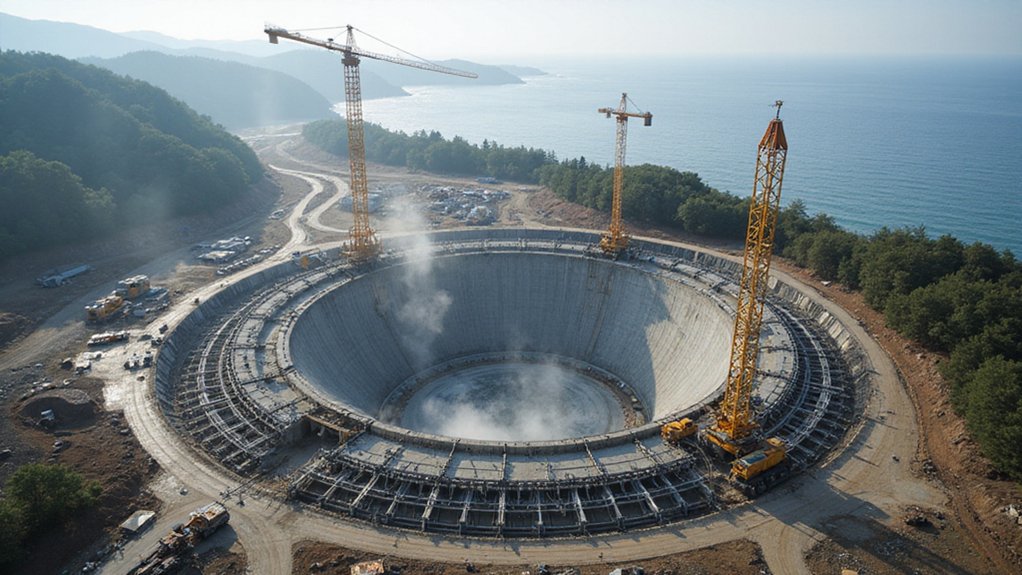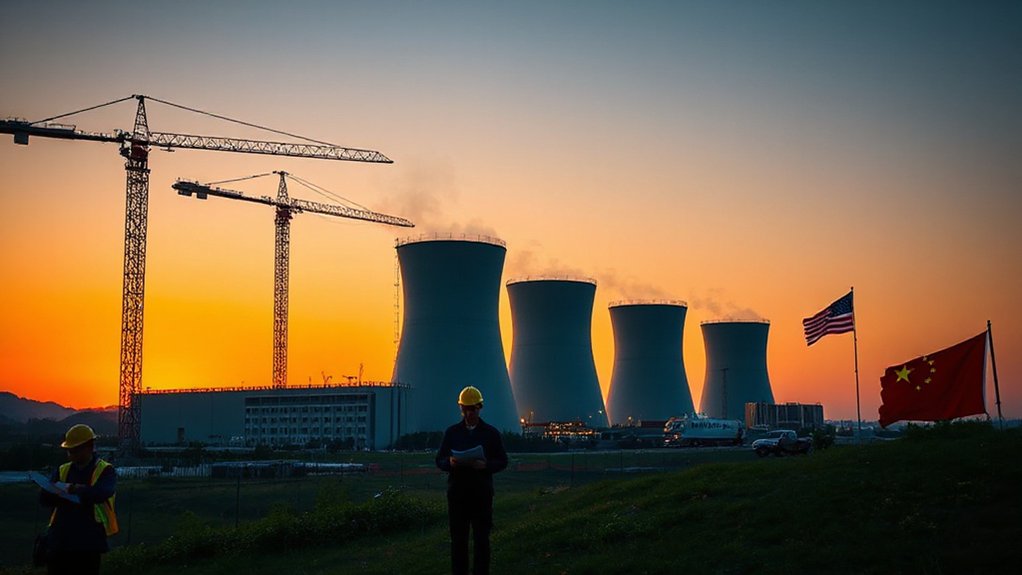After years of diplomatic wrangling, Philadelphia’s historic shipyard is about to plunge into the nuclear submarine business. U.S. officials authorized South Korea to build nuclear-powered submarines at Philadelphia’s Hanwha Shipyard following an October 2025 presidential summit. Quite a turnaround for a city better known for cheesesteaks than nuclear propulsion systems.
Philadelphia goes nuclear—a surprising pivot from cheesesteaks to submarines courtesy of South Korean investment.
President Trump didn’t waste time trumpeting the deal on social media. He loves a good announcement, especially one involving $150 billion in American shipbuilding investments. The specifics? Nobody knows yet. No timelines. No milestones. Just big promises.
Nuclear submarines aren’t your average boats. These beasts stay underwater for months, not days. They’re stealthier. More powerful. Perfect for what South Korea wants—countering North Korean and Chinese submarine threats without constantly calling Uncle Sam for help.
The Hanwha-owned Philadelphia shipyard is supposedly ground zero for this underwater renaissance. One small problem: the place hasn’t exactly been cranking out nuclear submarines lately. Converting a shipyard for nuclear work isn’t like renovating your basement. It’s complicated. Expensive. Highly regulated. The facility will require radiological licensing and secure perimeters before any construction can begin.
South Korea’s been itching for nuclear subs for years. Until now, U.S. officials always said no, worried about nuclear proliferation. What changed? Politics, money, and growing concerns about China’s expanding naval presence, that’s what.
Let’s be clear—these would be conventionally armed submarines with nuclear propulsion. No nuclear weapons involved. Still a massive technical undertaking.
The $150 billion investment sounds impressive until you consider the regulatory hurdles, specialized workforce requirements, and safety protocols needed. Nuclear engineering isn’t something you figure out on YouTube.
For South Korea, ditching diesel-electric submarines for nuclear ones represents a major military upgrade. South Korea’s fleet currently consists of diesel-electric submarines based on German designs and domestically developed models like the Dosan Ahn Chang-ho class. For Philadelphia, it’s potentially thousands of jobs and renewed industrial relevance.
Will reality match the hype? We’ll see. But transforming an aging shipyard into a nuclear submarine assembly line will take more than presidential tweets and diplomatic handshakes. It’ll take time. Expertise. And yes, a whole lot of money.
References
- https://www.armyrecognition.com/news/navy-news/2025/u-s-approves-south-koreas-plan-to-build-a-nuclear-powered-submarine-in-philadelphia
- https://www.twz.com/sea/south-koreas-nuclear-submarine-ambitions-take-major-step-forward
- https://www.navalnews.com/naval-news/2025/10/usa-gives-south-korea-green-light-to-build-nuclear-submarines/








